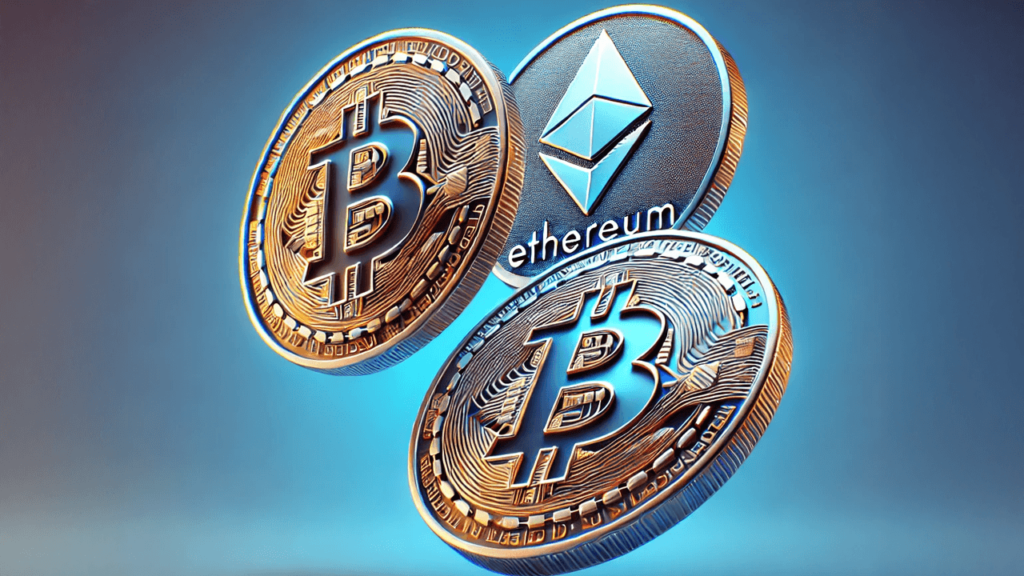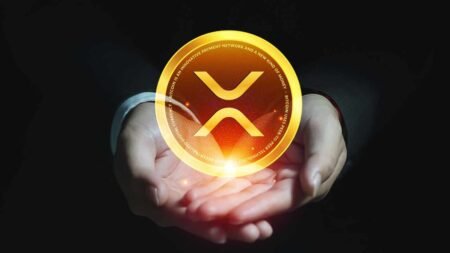In recent analyses, it has been observed that both Bitcoin and Ethereum networks are experiencing minimal fee structures for their onchain transactions. Specifically, the transaction costs on the Ethereum network have remained below 1 gwei, indicating a low-cost environment for users looking to utilize the platform. On the other hand, Bitcoin has seen a slight increase in protocol activity, which may be contributing to a marginal uptick in transaction fees compared to Ethereum.
The low transaction costs on the Ethereum network can be attributed to various factors such as improvements in the network’s scalability, lower demand for transactions, and enhanced efficiency in processing transactions. This is good news for users who rely on Ethereum for their transactions, as they can benefit from cost-effective transactions without having to worry about high fees eating into their funds.
For those looking to prioritize speed for their ether transactions, the cost is relatively modest on the Ethereum network. This means that users can enjoy fast transaction times without having to pay exorbitant fees, making it an attractive option for those who value efficiency and affordability in their transactions. This also reflects positively on the overall usability and accessibility of the Ethereum network for a wide range of users.
In contrast, Bitcoin has seen a marginal increase in transaction fees due to the uptick in protocol activity. This may be a result of increased demand for Bitcoin transactions, leading to higher fees as users compete to have their transactions processed quickly. While this may impact the cost-effectiveness of using Bitcoin for transactions, it also signals a growing interest in the cryptocurrency and its applications.
Overall, the recent analyses suggest that both Bitcoin and Ethereum networks are currently offering low-cost options for onchain transactions. This is a positive development for users who rely on these networks for their transactions, as it allows them to benefit from cost-effective and efficient transactions. As blockchain technology continues to evolve and improve, we can expect to see further advancements in transaction costs and speed on these networks, making them even more user-friendly and accessible for a wide range of users.

















